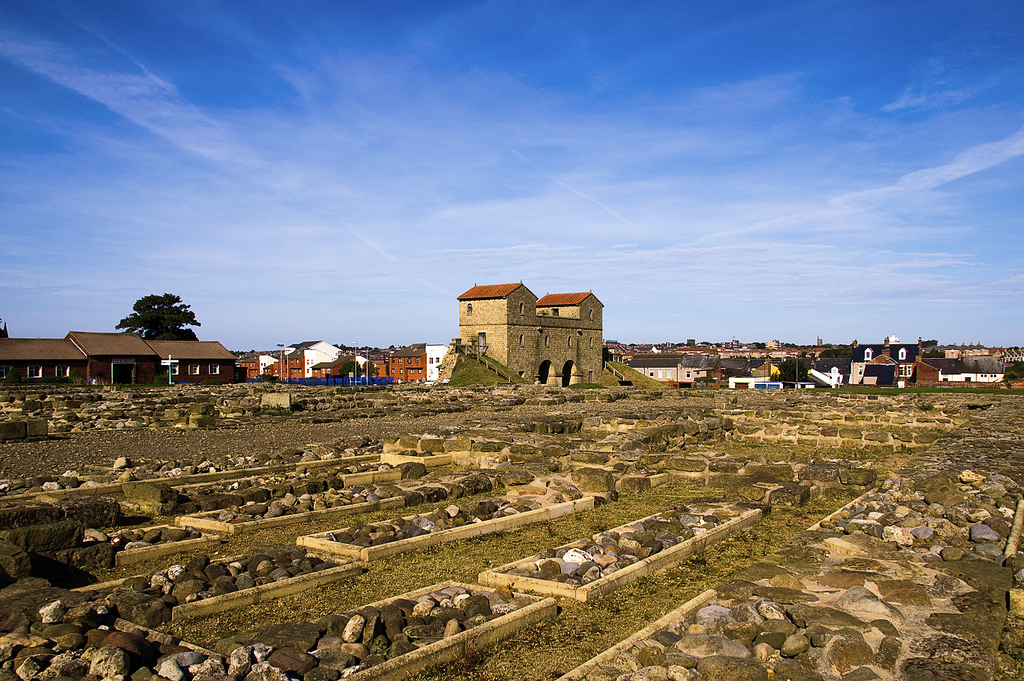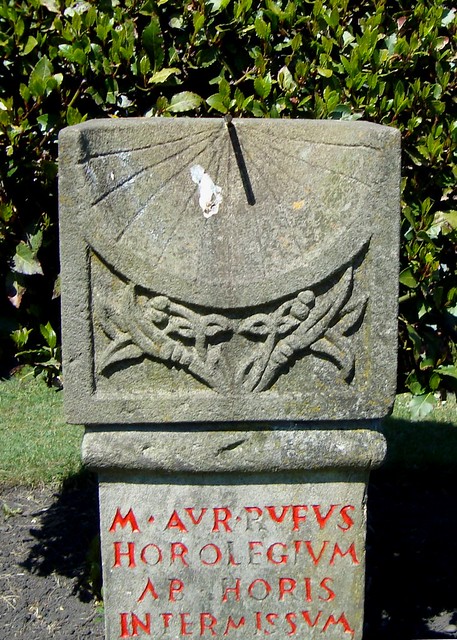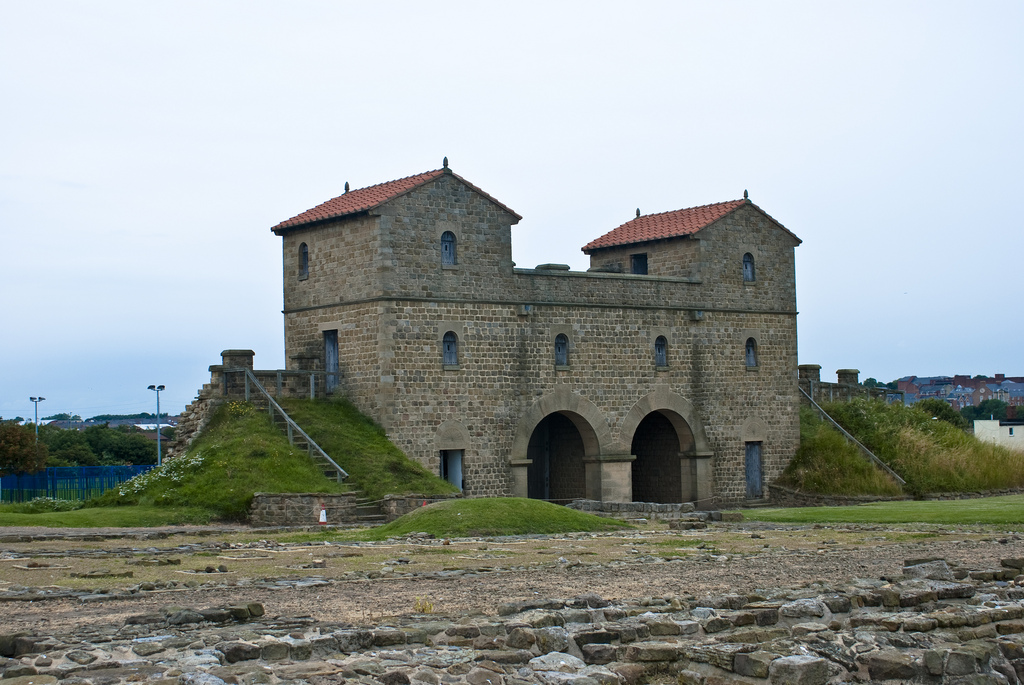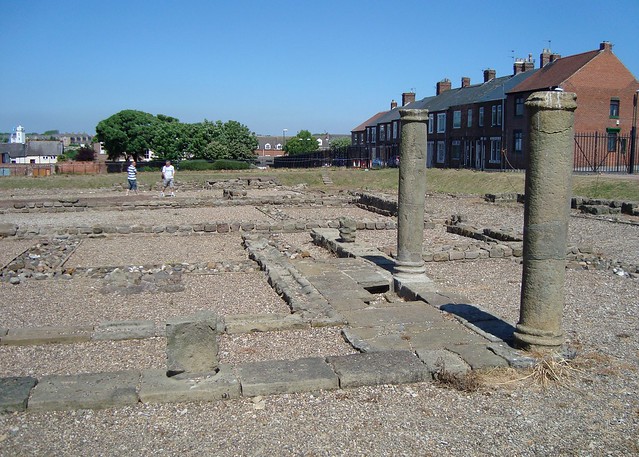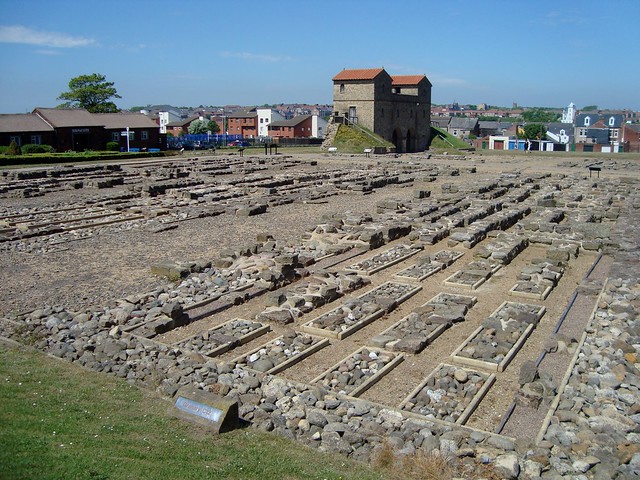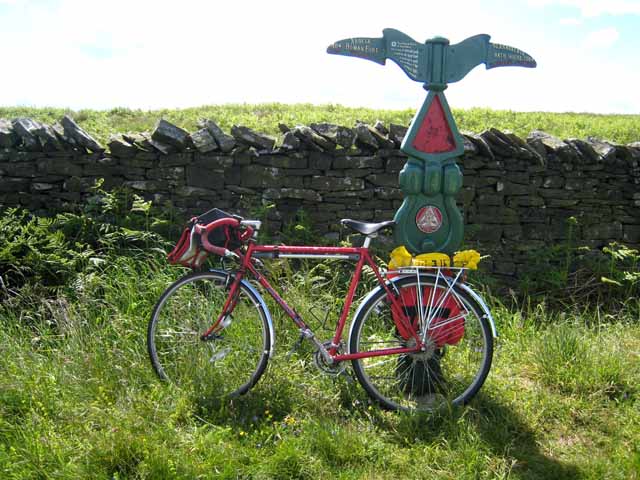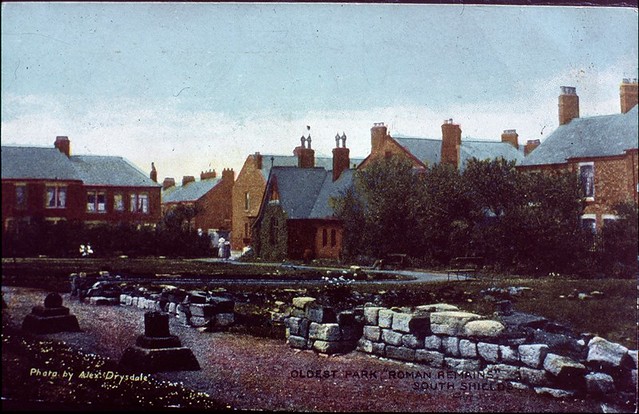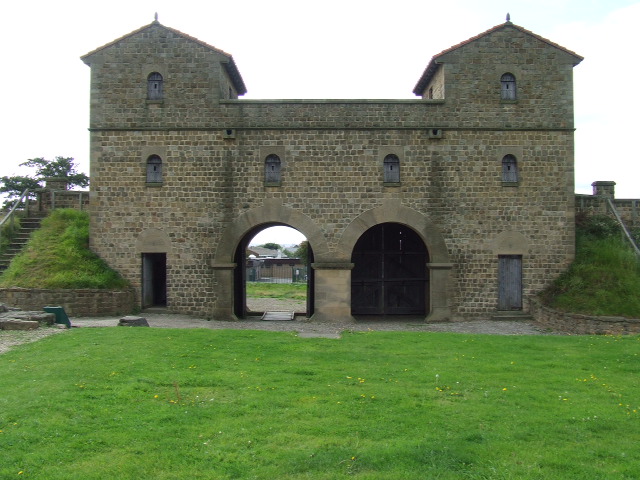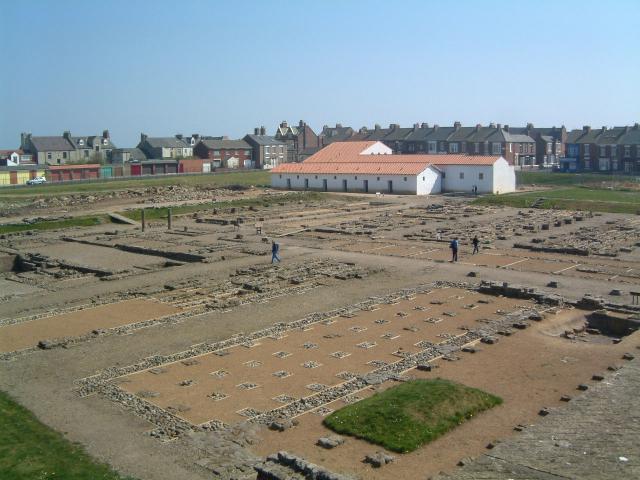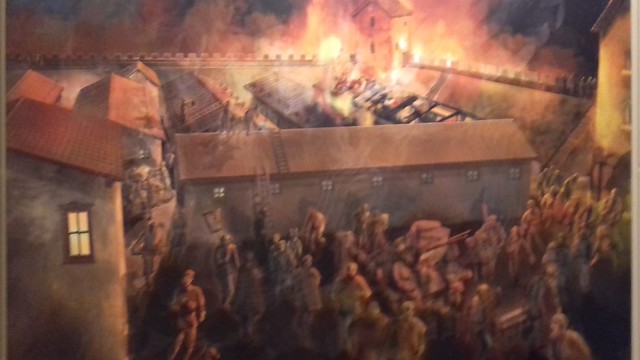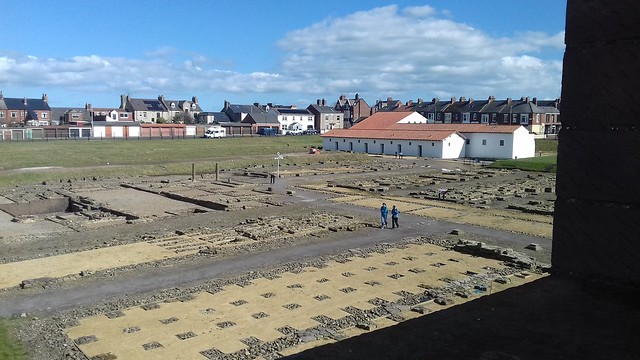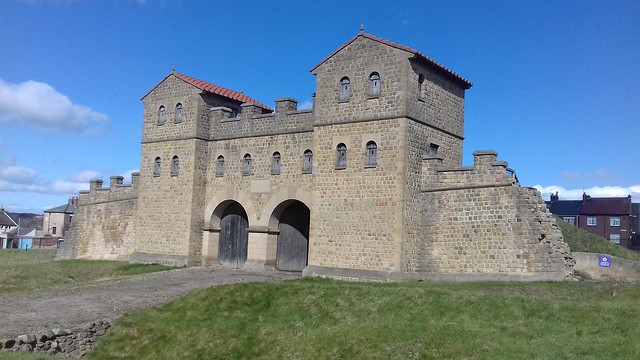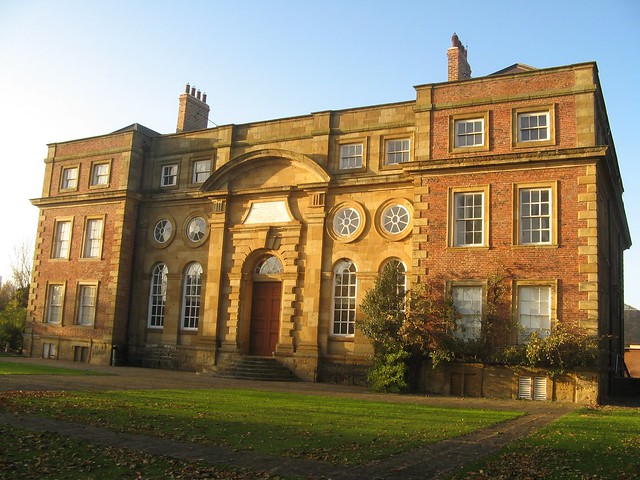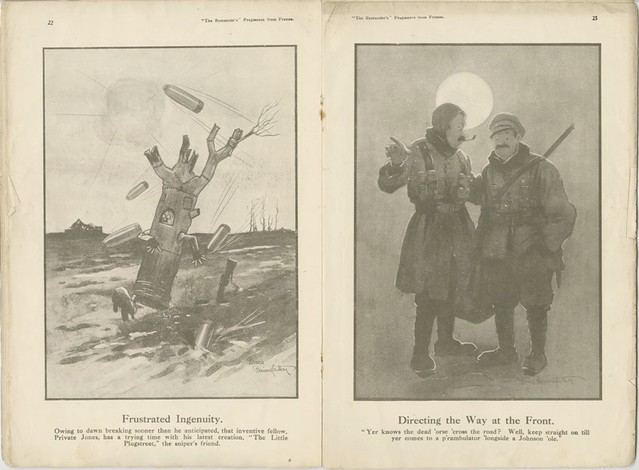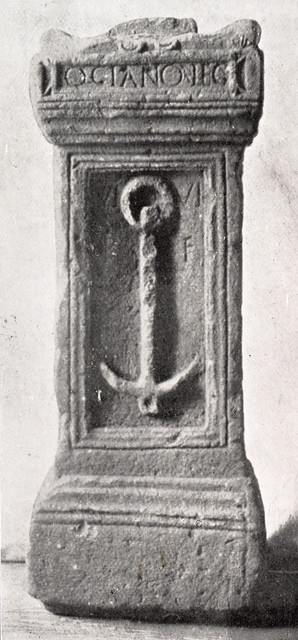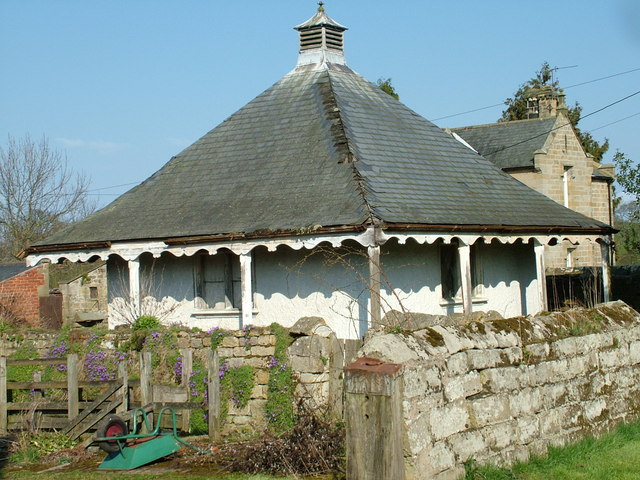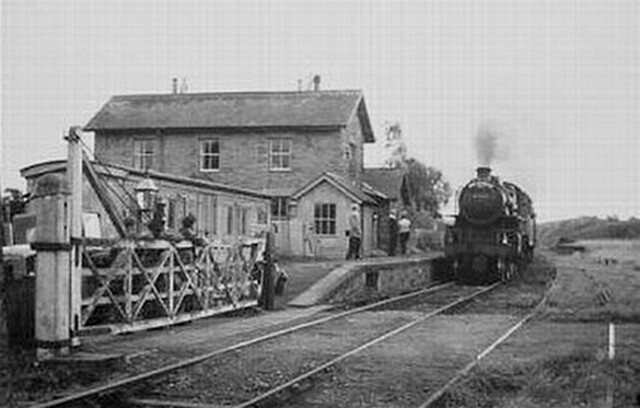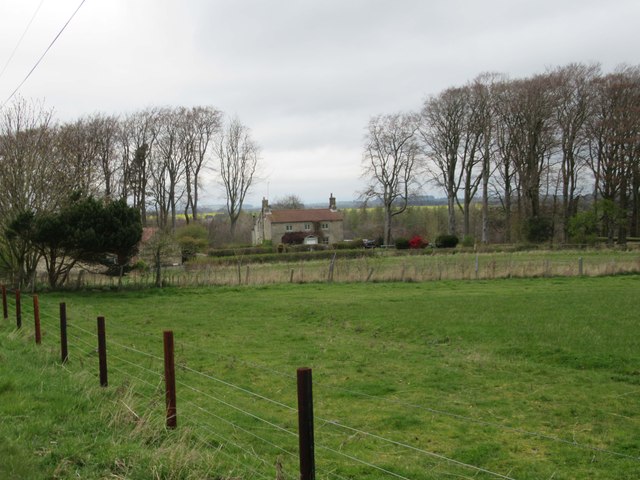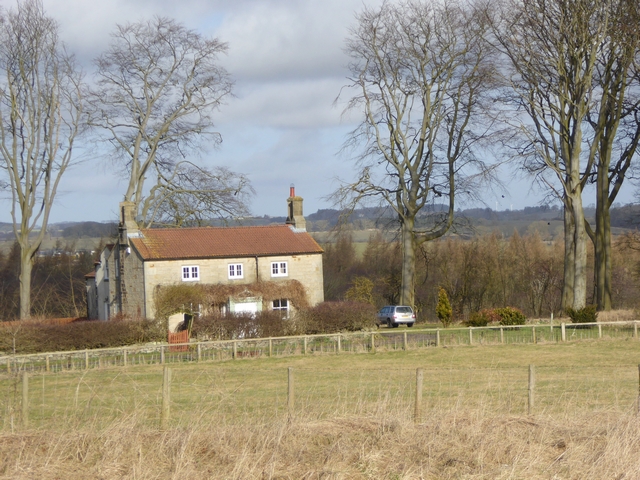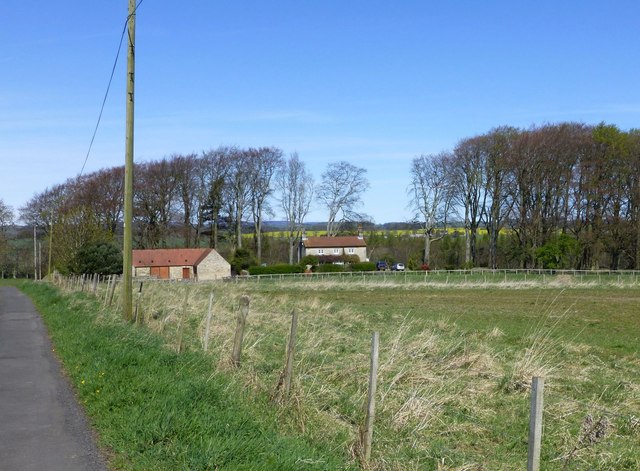Topics > Heritage Sites > Arbeia - Roman Fort
Arbeia - Roman Fort
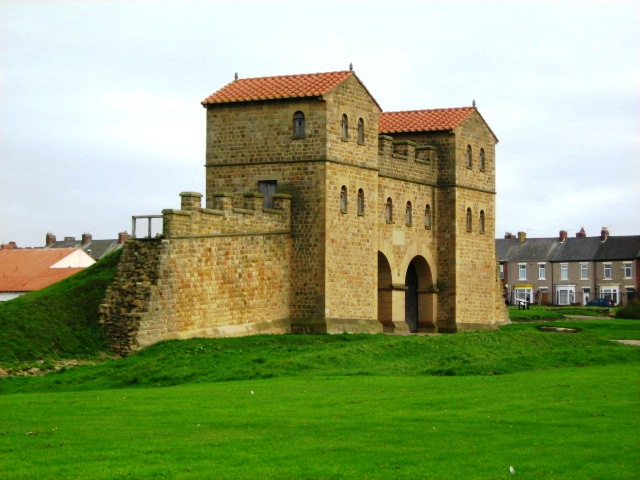 The fort stood on the Lawe Top in South Shields, overlooking the River Tyne. It was built around 120 AD, guarded the main sea route to Hadrian's Wall. It was an important supply base for other forts along Hadrian's Wall. Arbeia Roman Fort and Museum is managed by North East Museums on behalf of South Tyneside Council: "Step into the Fort and immerse yourself in the world of the Romans right in the heart of South Shields. Have a look inside the full-scale reconstructed Roman buildings including the West Gates and Commanding Officer's house and a soldier's barrack block, witness live excavations and see one of the finest collections of finds from Roman Britain all found in and around Arbeia."
The fort stood on the Lawe Top in South Shields, overlooking the River Tyne. It was built around 120 AD, guarded the main sea route to Hadrian's Wall. It was an important supply base for other forts along Hadrian's Wall. Arbeia Roman Fort and Museum is managed by North East Museums on behalf of South Tyneside Council: "Step into the Fort and immerse yourself in the world of the Romans right in the heart of South Shields. Have a look inside the full-scale reconstructed Roman buildings including the West Gates and Commanding Officer's house and a soldier's barrack block, witness live excavations and see one of the finest collections of finds from Roman Britain all found in and around Arbeia."Arbeia was a large Roman fort in South Shields, Tyne & Wear, England, now ruined, and which has been partially reconstructed. It was first excavated in the 1870s and all modern buildings on the site were cleared in the 1970s. It is managed by Tyne and Wear Museums as Arbeia Roman Fort and Museum.
Original fort
The fort stands on the Lawe Top, overlooking the River Tyne. Founded around 120, it later became the maritime supply fort for Hadrian's Wall, and contains the only permanent stone-built granaries yet found in Britain. It was occupied until the Romans left Britain in the 5th century.
A possible meaning for "Arbeia" is "fort of the Arab troops", referring to the fact that part of its garrison at one time was a squadron of Mesopotamian boatmen from the Tigris. We also know that a squadron of Spanish cavalry, the First Asturian, was stationed there. It was common for forts to be manned by units originally from elsewhere in the empire, though often enough these would assimilate and end up by recruiting locally.
Museum
Two monuments in the museum at Arbeia testify to the cosmopolitan nature of its shifting population. One commemorates Regina, a British woman of the Catuvellauni tribe (approximately modern Hertfordshire). She was first the slave, then the freedwoman and wife of Barates, a merchant from Palmyra (now part of Syria) who, evidently missing her greatly, set up a gravestone after she died at the age of 30. (Barates himself is buried at the nearby fort of Coria (Corbridge).) The second commemorates Victor, another former slave, freed by Numerianus of the First Asturian cavalry, who also arranged his funeral ("piantissime": with all devotion) when Victor died at the age of 20. The stone records that Victor was "of the Moorish nation".
The museum also holds an altarpiece to a previously unknown god and a tablet with the name of the Emperor Alexander Severus (died 235) chiselled off.
Reconstruction
A Roman gatehouse, barracks and Commanding Officer's house have been reconstructed on their original foundations. The gatehouse holds many displays related to the history of the fort, and its upper levels provide an overview of the archaeological site.
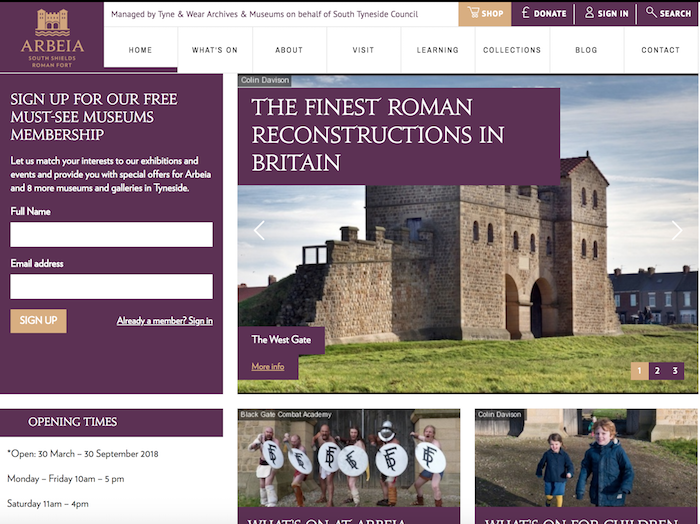
from http://www.twmuseums.org.uk/a…
Arbeia Roman Fort and Museum
- Experience life on the edge of the Roman Empire...
Added by
Simon Cotterill
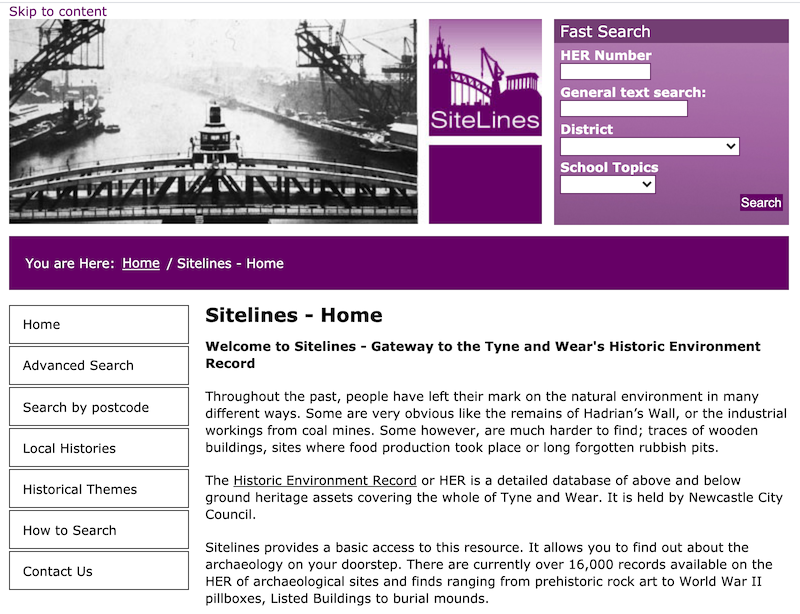
from http://www.twsitelines.info/S…
Tyne and Wear HER(914): South Shields, Arbeia Roman fort
- Historic Environment Record
Added by
Simon Cotterill

from North East Museums (youtube)
A new Roman find at Arbeia Roman Fort & Museum
Pinned by Simon Cotterill

from North East Museums (youtube)
Arbeia Roman Fort - step into the world of the Romans
Pinned by Pat Thomson

from http://arbsoc.org.uk/
Arbeia Society
- "The South Shields Archaeological and Historical Society was formed in 1949 and has had a long standing history with South Shields Roman Fort. Though the society had the duel purpose …
Added by
Simon Cotterill


from http://www.twmuseums.org.uk/a…
Arbeia Roman Fort and Museum
- Experience life on the edge of the Roman Empire...
Added by
Simon Cotterill

from http://www.twsitelines.info/S…
Tyne and Wear HER(914): South Shields, Arbeia Roman fort
- Historic Environment Record
Added by
Simon Cotterill

from North East Museums (youtube)
A new Roman find at Arbeia Roman Fort & Museum
Pinned by Simon Cotterill

from North East Museums (youtube)
Arbeia Roman Fort - step into the world of the Romans
Pinned by Pat Thomson

from http://arbsoc.org.uk/
Arbeia Society
- "The South Shields Archaeological and Historical Society was formed in 1949 and has had a long standing history with South Shields Roman Fort. Though the society had the duel purpose …
Added by
Simon Cotterill
Tyne & Wear HER: 914
Post code: NE33 2BB
Grid ref: NZ365679
Borough: South Tyneside
